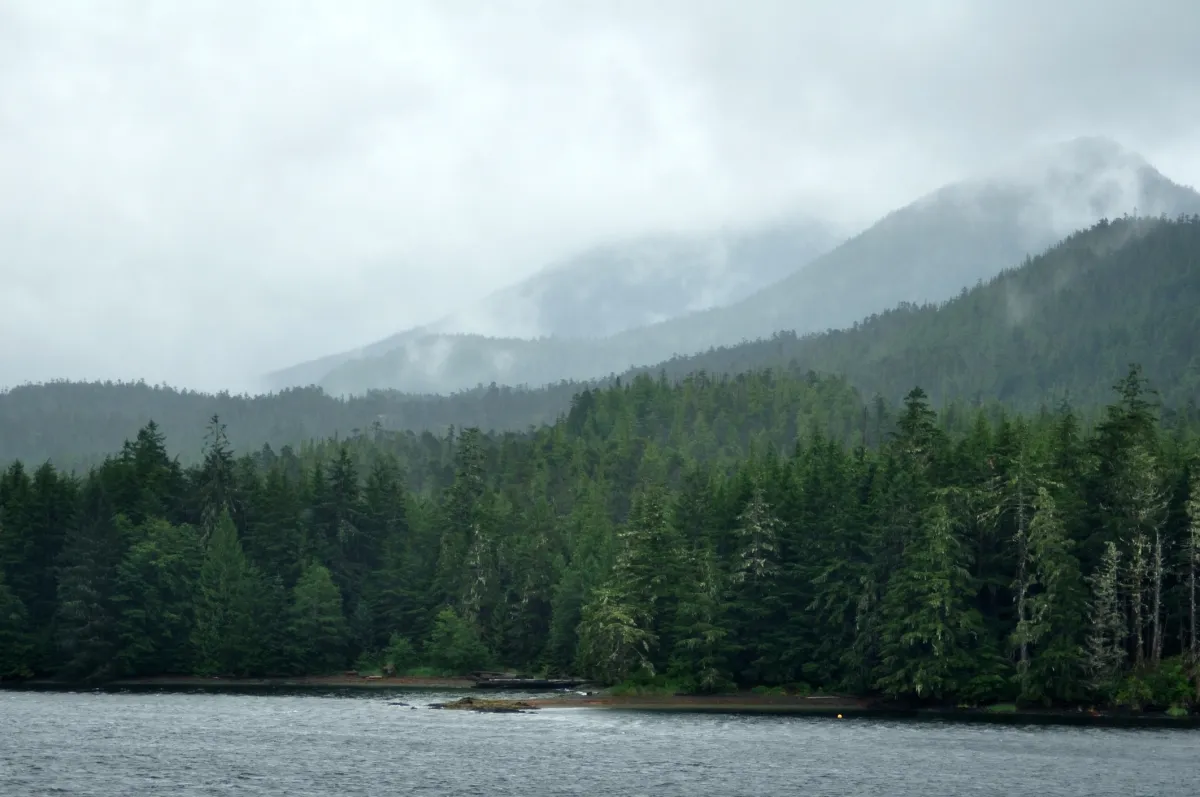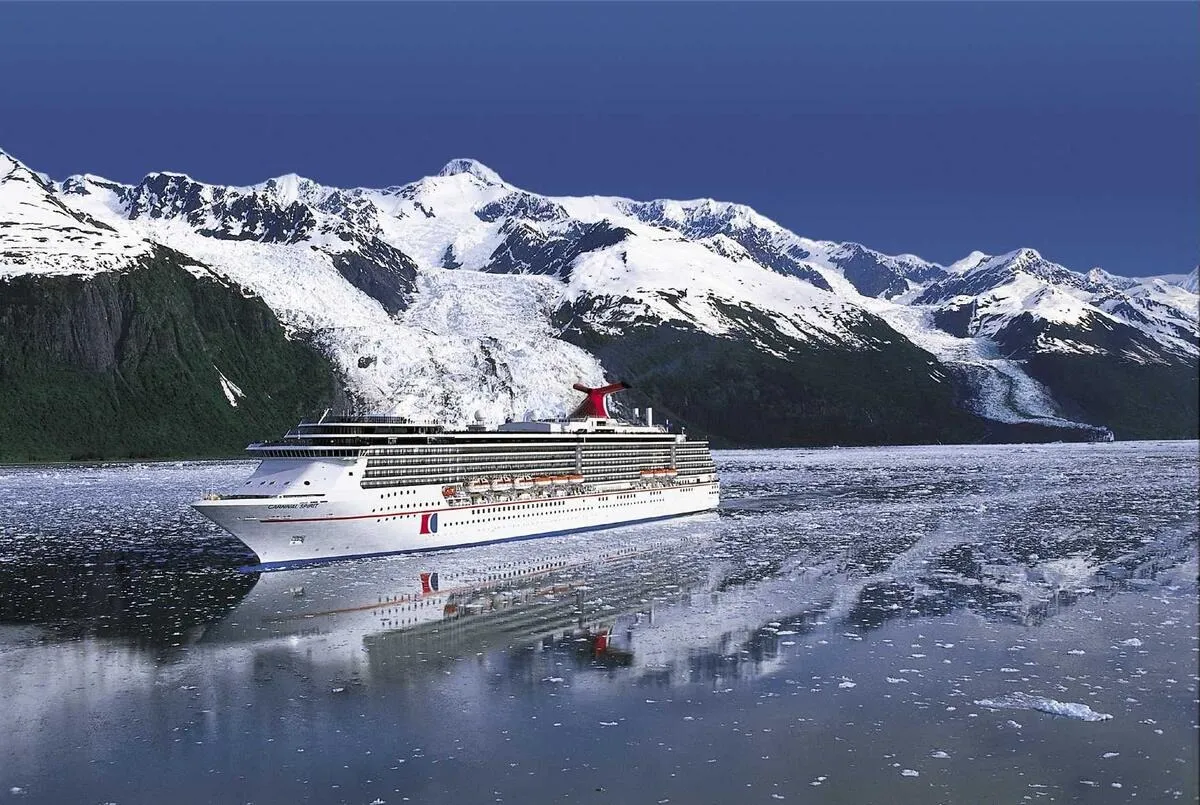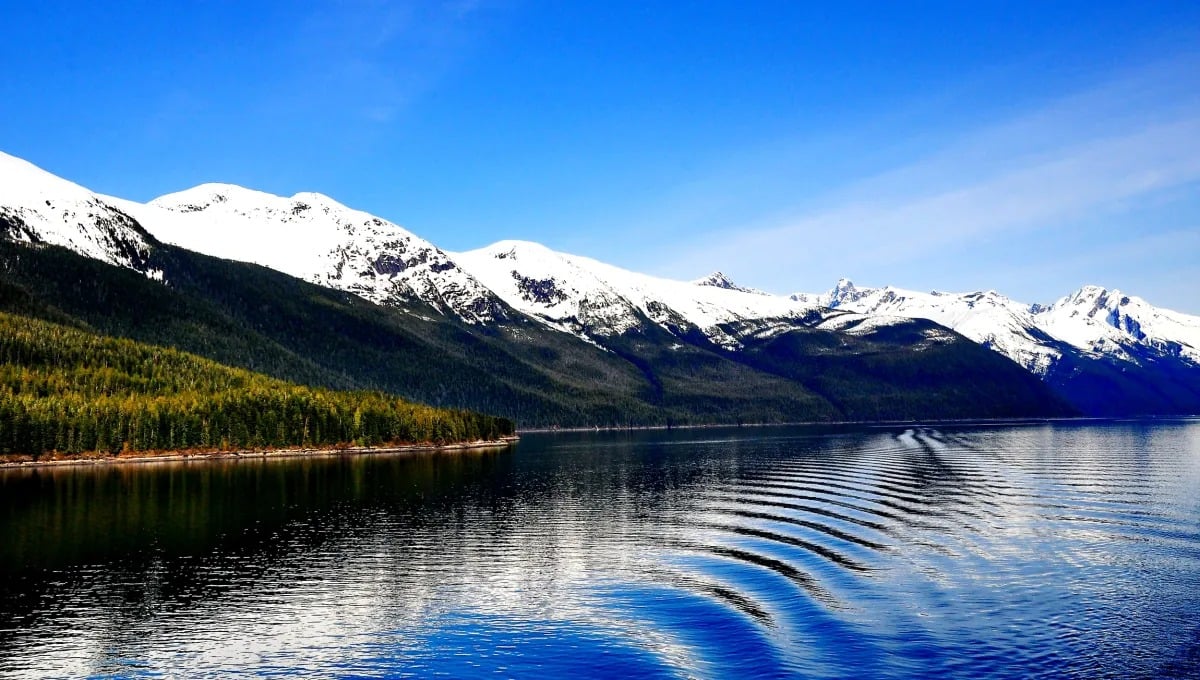
Alaska's weather is famously known as predictably unpredictable, and cruisers should be prepared for a variety of conditions, even some rain, when cruising to this northern climate.
No one really enjoys rain on a day in port or sea day when you want to sit outside and enjoy the special views of Alaska. After all, the region is known for its spectacular glaciers and its impressive wildlife. For those wanting to avoid bad weather, there are certain times of year and cruise itineraries where you will have a greater chance of seeing rain while cruising to Alaska.
Even if some showers pop up, there are a few strategies to help minimize the impact on your day. Packing the right clothes to deal with inclement weather will make it easier to bear any temporary adverse conditions.
Here is everything you need to know about rain and how to avoid it on a cruise to Alaska.
General weather conditions in Alaska

Alaska covers a vast territory that includes coastal ports, massive inland forests, icy fjords, glaciers, and sky-high mountains. With such an expansive area, the weather varies significantly, making it hard to generalize weather patterns and accurately forecast rain. However, no matter where you cruise, it is unlikely that you will see rain every day on your vacation.
One of the most popular areas to visit in Alaska is the Southeast region, also called the Alaska Panhandle. This region is considered a temperate rainforest. The mountains act as barriers, trapping rain clouds and moisture, which increases precipitation in the area. This also contributes to the magnificent vegetation that Alaska is known for.
Some cruises head farther north across the Gulf of Alaska to places like Anchorage, which has its own weather patterns and generally less rain. In addition, many add-on land tours head to places like Fairbanks and the interior forests, which also vary in precipitation. For those wondering about rain on their Alaska cruise, there are a number of factors that play into the answer, including itinerary.
What months have the least and most rain?

Looking at historical rainfall averages for popular cruise ports gives us a general idea of what to expect on a cruise to Alaska. There are no guarantees, but there are some general trends to help you decide which may be the best month to minimize the chance of getting rained on when you are enjoying your excursions.
Cruise season starts around the end of April, stretching through the summer to early fall. Unfortunately, it is short, but within this time frame, there are months that are known to have much more rain than others. May and June tend to be among the best months to cruise if you are worried about rain. In many places, May tends to be one of the driest months of the year, with a general trend of increasing precipitation throughout the summer months.
On the other hand, September is one of the rainiest months for most cruises, especially for itineraries that travel the Inside Passage. These itineraries span southern Alaska and are among the most popular cruise itineraries. If you see a fantastic cruise deal to Alaska in September, keep in mind the potential downside to this time of year, although it is also less busy, as families finish their holidays and the kids go back to school.
What ports on an Alaska cruise have the most rain?

Geography plays a huge role in the weather conditions. With such a large land area and ocean influences, where you cruise will play a significant role in your chances of staying comfy and dry on your cruise vacation.
Many of the most popular cruises heading to Alaska start far south, leaving from ports like Seattle or Vancouver, Canada. Some depart from California. Round-trip cruises of the Inside Passage are one of the most popular cruise options, touring popular ports like Ketchikan, Sitka, Skagway, and Juneau.

There is a significant variation in rainfall totals by month in these cruise ports:
- Skagway is one of the best spots for dry conditions. They receive less than an inch of rainfall in the month of May and low amounts in June and July.
- Ketchikan tends to see some of the rainiest conditions of any cruise port. It gets over 8 inches of rain in May, with less in June and July, but a whopping 14 inches of rain in the month of September.
- Sitka is in the middle, with June seeing around 3 inches and September almost 12 inches of rain.
- Juneau averages 3-4.5 inches of rain in the spring and almost 9 inches in September.
- Places like Fairbanks, Alaska, or Denali National Park, which is a popular destination for add-on tours, see far less rain – under 2 inches for a whole month.
How to prepare for rain on an Alaska cruise

Anyone cruising to Alaska should expect some rain during their voyage. With a little preparation and careful packing, you can still enjoy time outside. Even a quick rain shower can soak through pants and shoes and no one wants to spend a day in wet clothes, especially on their dream vacation.
One of the best ways to stay dry is with the right jacket/outer layer. A waterproof (or at least repellent) jacket is definitely the way to go. There is an incredible selection of lightweight, warm jackets that are perfect for a cruise to Alaska. Some jackets have linings with zippers, making them even more versatile for a range of temperatures.
Fabric is important in rain protection. Natural products like cotton and wool are among the most breathable and make for a great component in layering and keeping you comfortable through the day of fun Alaska excursions. Moisture-wicking/quick-drying materials are also helpful in staying dry. It is helpful to have long-sleeved shorts and pants to prevent pesty bug bites that coincide with rain showers.
Equally important, is wearing the right shoes, especially for the type of excursions you are planning on doing. Regular running shoes probably won’t keep you dry in a lot of places, It is recommended to pack two pairs of durable waterproof shoes. Top this off with a good rain hat, which is much better than an umbrella, especially when walking in crowds.

